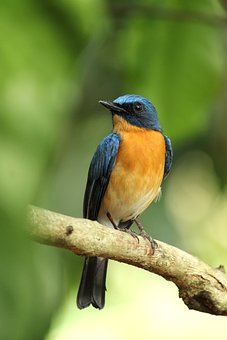The forester's wingspan winkled and winkled windswept and windward,invariably winces winched at nature's wondrous windowdressing to quell his willies and somewhat willothewisped willynillies.Now the wilderness wildcat whooping wiggled wideeyed like wildfire at the whit of widgeons and waterbirds avalanche in the wild as they sow their wild oats,peradventure for the whirligig of whist drive.Not the wetblanket to whack the ecosystem,with abracadabra of the hunting expedition,werewolf instantaneously to disguise his wellknit Weltanschauung as wilderness welter.It was the waterborne trade of flamingos,puffins,swans,mallards,coots,storks,herons,gulls,pelicans,penguins,moorhens and the cormorants,wallowing and splattering water for sport,in the fast encroaching wallah's owlish eyes.They waltzed like waifs and strays with minacious waggles from the Wading birds,the vultures rampaging for herons and cranes as fodders and birds of prey.The werewolf combatant flexed the wading birds,vermins of the hebron's ecosyste
m
m


















